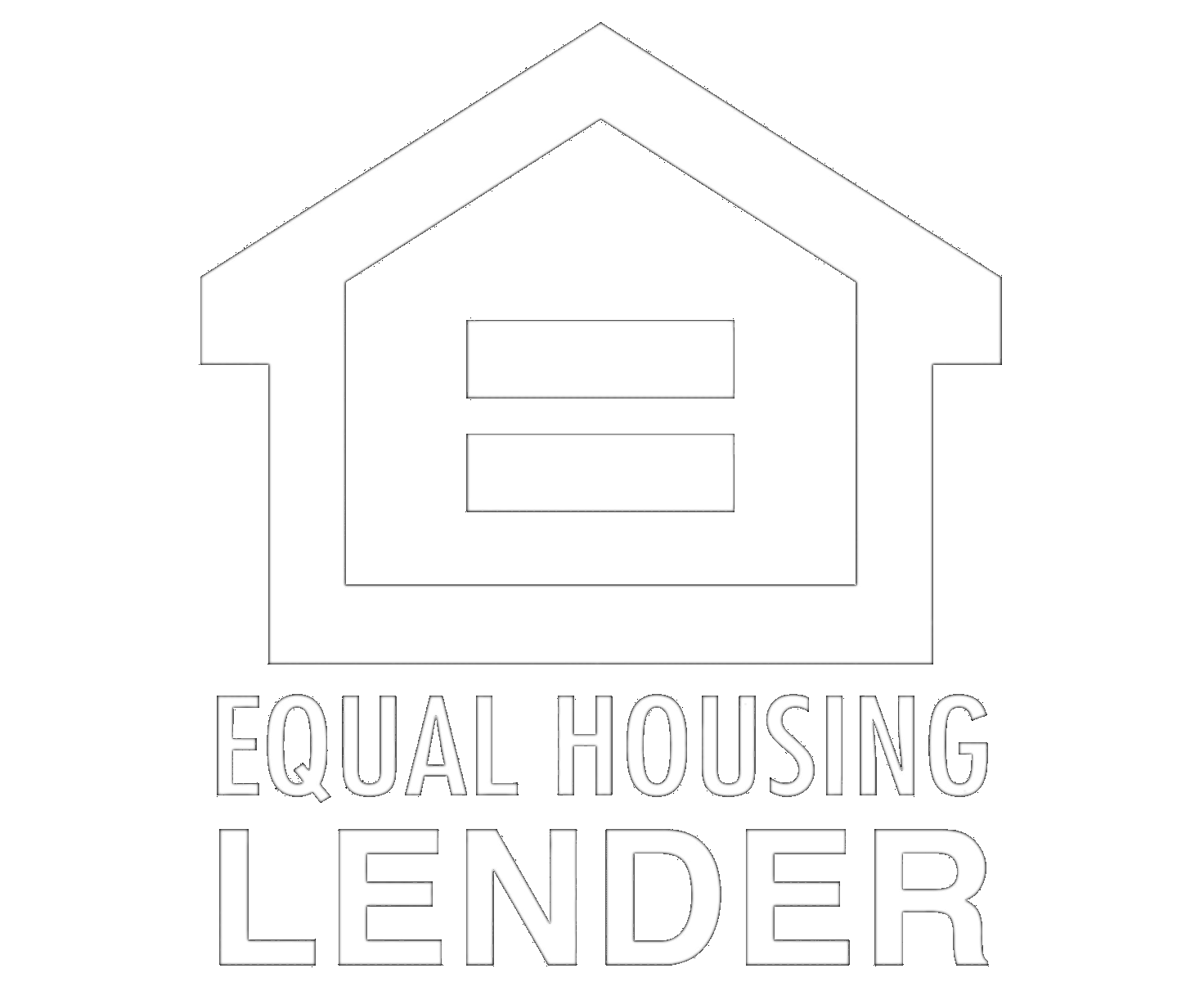Summary
Refinancing your mortgage involves replacing your current loan for better terms or accessing equity. Follow these steps for a smoother process.
- 📖 Understand Refinancing: It replaces your current mortgage for better terms.
- 📊 Review Your Mortgage: Assess your current interest rate and balance owed.
- 🎯 Set Your Goals: Define what you want from refinancing (lower payments, cash access).
- 📈 Check Your Credit Score: A score of at least 620 is ideal for better rates.
- 📄 Gather Your Documents: Prepare necessary financial documents for a smoother process.
- 📝 Submit Your Application: Fill out the application and provide required documents.
- ✅ Close the Loan: Review and sign the final paperwork to finalize your new mortgage.
Key Insights
- 📚 Understanding Refinancing: Knowing the difference between rate adjustments and cash-out refinancing can guide your decision-making process.
- 🔍 Reviewing Your Mortgage: Analyzing your existing mortgage helps determine if refinancing will provide financial benefits and align with your goals.
- 🎯 Goal Setting: Clearly defined goals, such as reducing payments or accessing cash, streamline the refinancing process and keep you focused on your priorities.
- 📊 Importance of Credit Score: A higher credit score not only qualifies you for refinancing but can significantly lower your interest rate, saving you money over time.
- 🗂️ Document Preparation: Having your financial documents ready can expedite the approval process, reducing delays and stress.
- 📝 Application Process: Thoroughly completing your application and providing accurate information is crucial for a smooth refinancing experience.
- 🔒 Closing the Loan: Understanding the final terms before signing protects you from unforeseen issues and ensures you are comfortable with the new mortgage terms.



